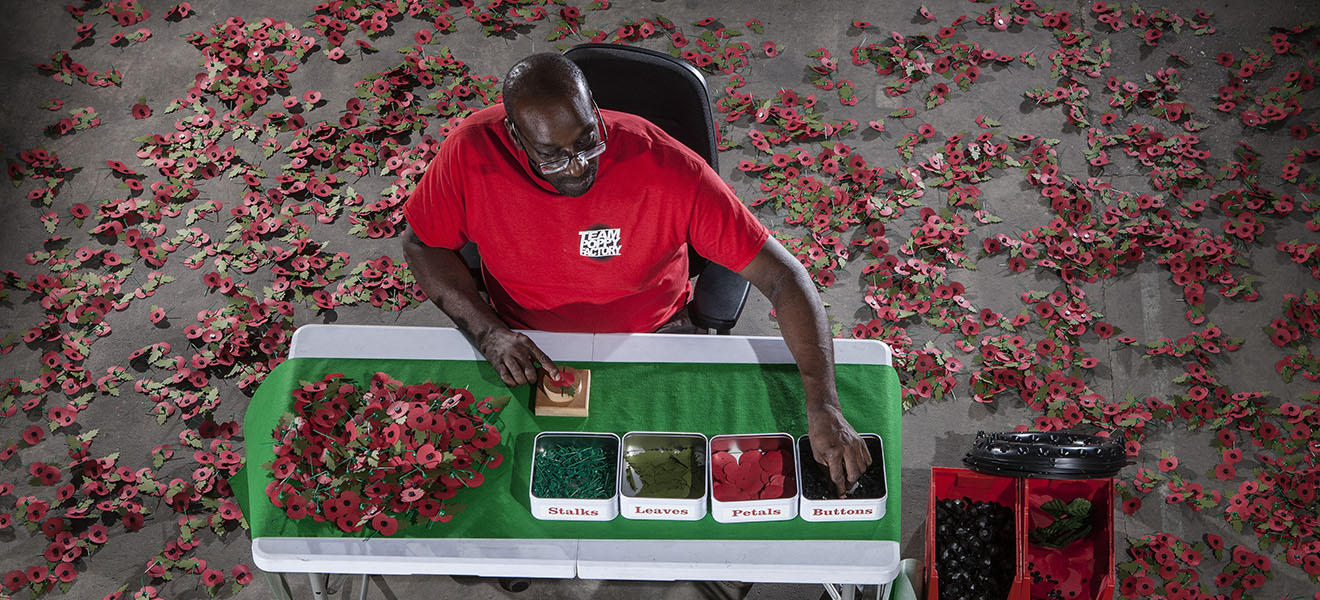The Dorset button-maker: Easy to learn, cheap to source and fun to create
Born in the heartland of Dorset button-making, Jen Best's yarn shop doubles as a classroom where she passes on her knowledge to anyone wanting to produce their own unique creations.
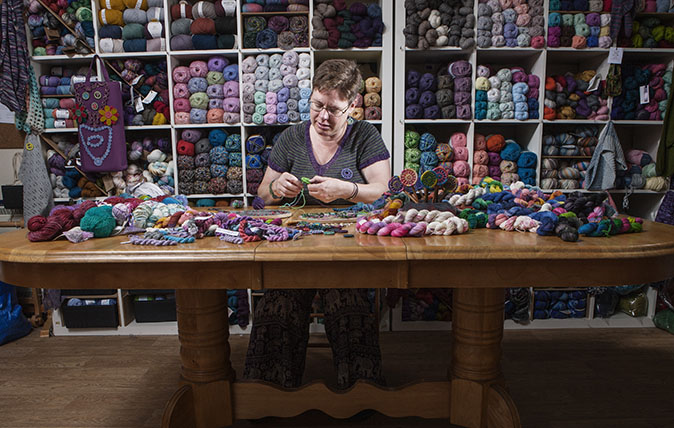

I was one of those children who got bored very quickly,’ confesses Jen Best, who bubbles with enthusiasm about Dorset button-making. ‘My Gran used to do crocheting, knitting, smocking, embroidery and Dorset feather stitching. She taught me all these skills, but the buttons are my big passion.’
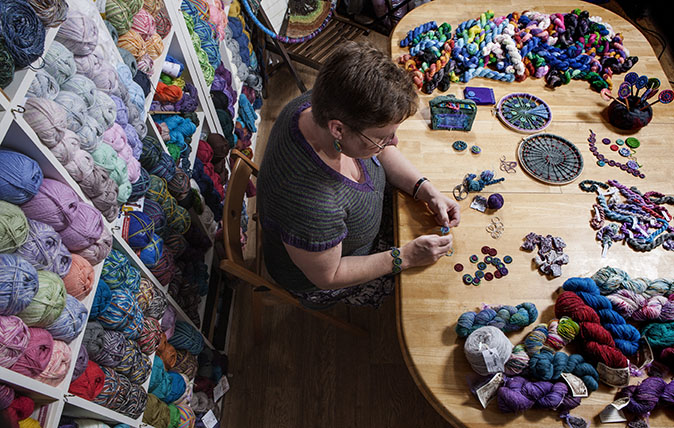
Following her dream, Mrs Best left her job to set up a yarn shop in Weyhill in Hampshire. In her first week of trading, she taught her first button-making class for eight women, who all wanted to take the instructions home. ‘I did some magazine articles, which then became button-making kits – I’ve created a monster,’ she says with a smile. ‘There’s a huge demand for the kits and numerous people wanting lessons.’
Mrs Best was born in Shaftesbury, the acknowledged heartland of Dorset button-making. By the end of the 18th century, there were thought to be about 7,000 people employed in the industry in that area.
Agreeing that crafting is having a moment – not that it ever went away – she adds: ‘When I was young, Gran knitted our school jumpers because it was cheaper, but now it’s a leisure activity.’
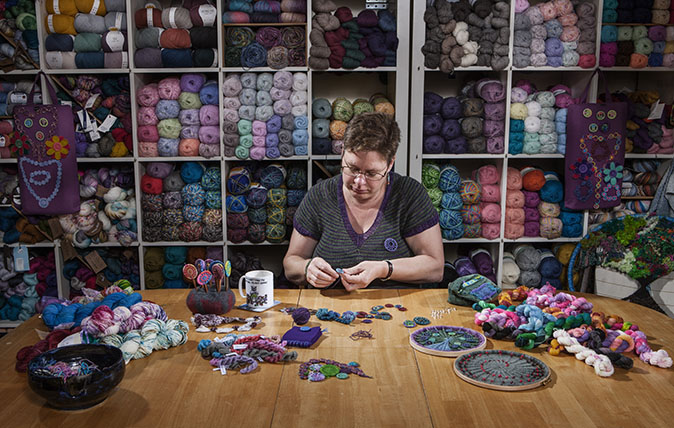
Describing button-making as ‘a very useful skill’, Mrs Best elaborates: ‘If you make your own button, it will be perfect for your project, plus it’s quick to learn and cheap to make.'
'You can make a button out of any closed shape and use any fabric – merino-nylon mix, silk – that’s strong enough to pull tight. I use up all my leftover bits of yarn this way. It takes me about an hour and a half in the morning to teach someone to make a button and, by the afternoon, they’ll be knocking one out within 20 minutes.’
To view Jen’s buttons, purchase a kit or find out more about button-making classes, visit www.beakerbutton.co.uk.
Sign up for the Country Life Newsletter
Exquisite houses, the beauty of Nature, and how to get the most from your life, straight to your inbox.
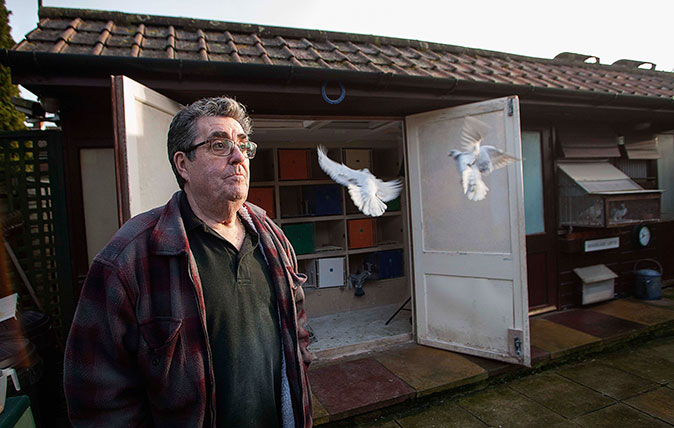
Credit: ©Richard Cannon/Country Life Picture Library
The Pigeon Fancier: 'I set up a deckchair in the garden and wait for them to come back. That’s the most exciting part.'
This week’s Living National Treasure is Colin Hill, a pigeon fancier whose birds regularly race from the tip of Scotland
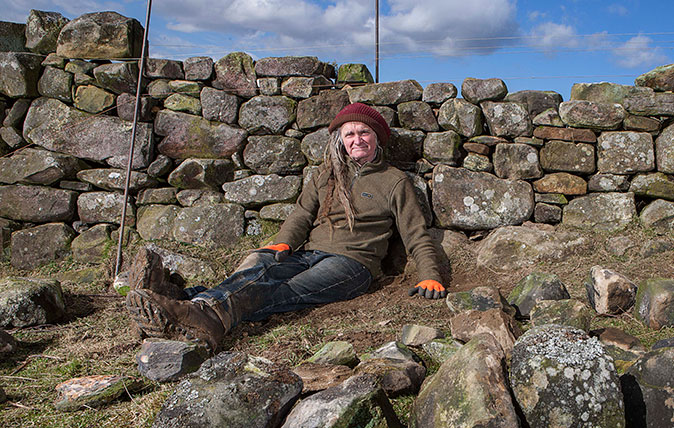
The dry stone wall builder: 'Every metre of wall contains a ton of stone. You really feel it after a hard week.'
This week's Living National Treasure is Anthony Gorman, a man who has spent his life building beautiful walls by hand
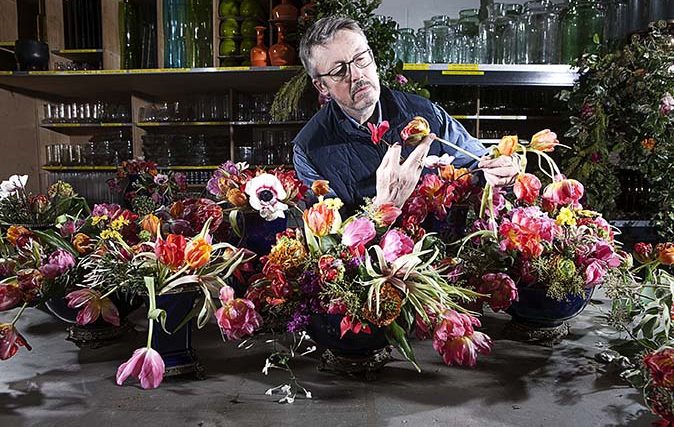
The Florist: 'What I do is like good cooking – if you have beautiful ingredients, you can’t go wrong'
This week's Living National Treasure is royal florist Shane Connolly – and while he might be based in Britain, he's
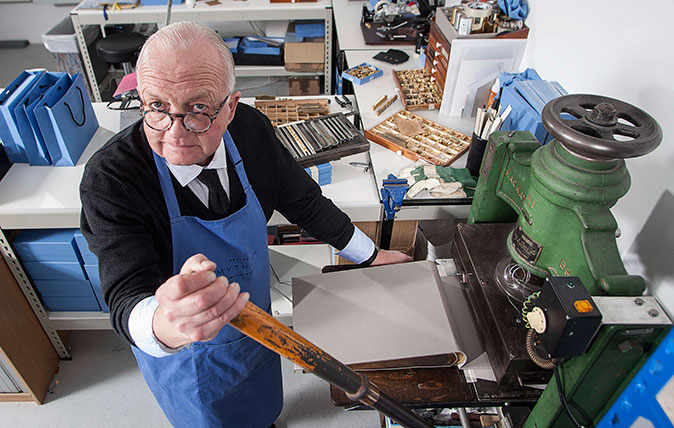
The gold stamper: ‘The younger generation is very appreciative of artisan work – they’re the ones driving the trend’
This week's Living National Treasure is John Timms, the man who leads the team that stamps gold lettering into thousands
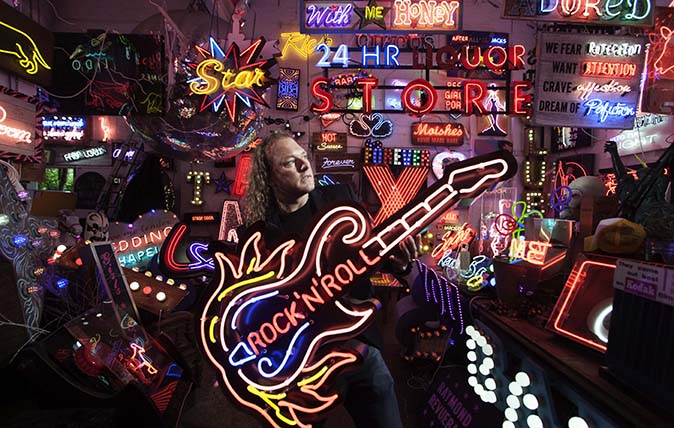
The neon sign maker: 'Piccadilly Circus was our answer to Vegas – now it's all pixellated screens'
This week's Living National Treasure is Marcus Bracey, the man behind the neon signs that light up our cities. He
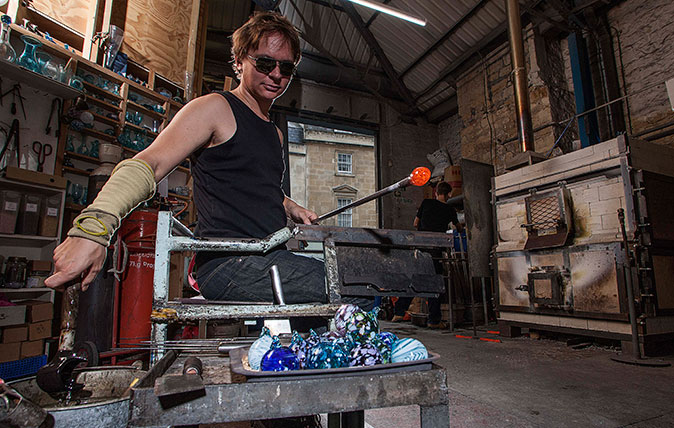
Credit: Living National Treasure: The Glassblower - ©Country Life/Richard Cannon
The Glassblower: 'When something goes wrong you can't fix it – you just sling in into the bosh bucket and start again'
Ian Shearman's team of glassblowers are still making glass using a technique that's 2,000 years old. Mary Miers found out
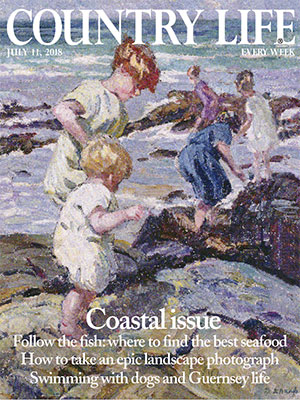
Country Life July 11 2018
Coastal delights; swimming with dogs; plus the evolution of landscape photography.
Country Life is unlike any other magazine: the only glossy weekly on the newsstand and the only magazine that has been guest-edited by HRH The King not once, but twice. It is a celebration of modern rural life and all its diverse joys and pleasures — that was first published in Queen Victoria's Diamond Jubilee year. Our eclectic mixture of witty and informative content — from the most up-to-date property news and commentary and a coveted glimpse inside some of the UK's best houses and gardens, to gardening, the arts and interior design, written by experts in their field — still cannot be found in print or online, anywhere else.
-
 Why British designers dream up the most desirable hotels
Why British designers dream up the most desirable hotelsWhen it comes to hotel design, the Brits do it best, says Giles Kime.
By Giles Kime Published
-
 The five minute guide to 'The Great Gatsby', a century on from its publication
The five minute guide to 'The Great Gatsby', a century on from its publication'The Great Gatsby' sold poorly the year it was published, but, in the following century, it went on to become a cornerstone of world literature.
By Carla Passino Published
